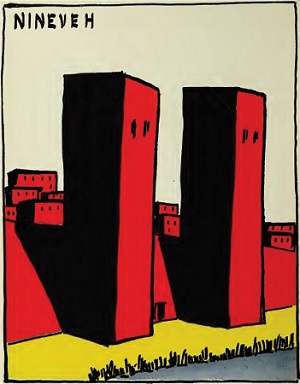 Ancient Man
Ancient Man
Ancient Man
Ancient Man







 Ancient Man
Ancient Man
Ancient Man
Ancient Man

Study the lesson for two weeks.
Over the two weeks:
Activity 1: Narrate the Chapter
Activity 2: Map the Lesson
Study the locations mentioned in the chapter.

Activity 3: Can You Find It?
Find the following items in 'Hanging Gardens of Babylon,' a 16th century engraving by Dutch artist Martin Heemskerck.

Activity 4: Can You Find It?
Zoom in on the image, and study the heavens as the Chaldeans did with their telescopes. Find the following celestial objects in the sky.

Activity 5: Complete Coloring Pages, Copywork, and Writing
